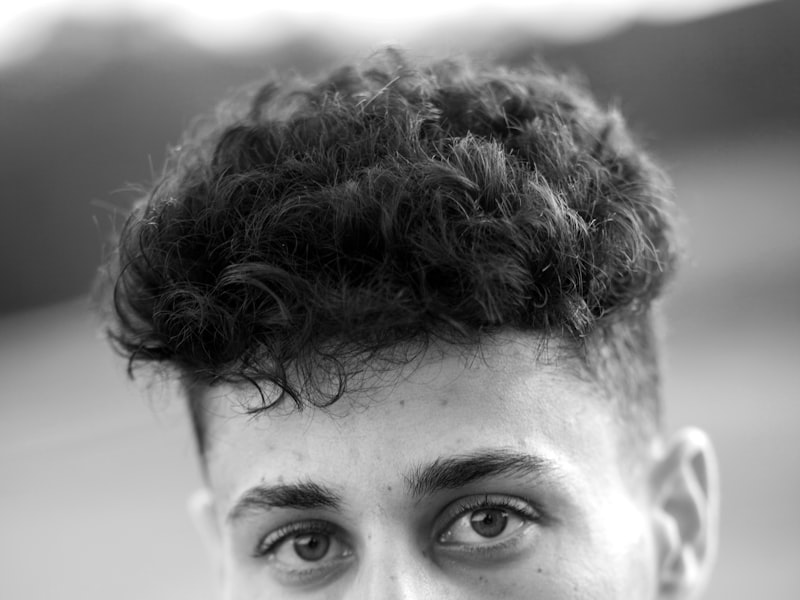The Koi Pine Cone Disease: What is it and how can it be treated in 2022?


In general, koi fish are very hardy animals, as is well known.
Having been bred from wild carp, they inherited the hardness of their lineage quite well, which results in a species of fish that is both beautiful and resilient. Despite their robust health, these fish can withstand quite a bit.
Even the toughest fish can get sick sometimes.
Discover how to treat koi pine cone disease, one of the most prevalent koi diseases.
How Does Koi Pine Cone Disease Affect Fish?
The disease Koi Pine Cone is not actually a disease.
A set of symptoms that could indicate other health issues, some of which are very serious and potentially debilitating.
There are usually three main causes of pine cone disease: tumors that interfere with normal bodily functions, Mycobacterium tuberculosis infections, and secondary bacterial infections that cause internal bleeding. Other factors associated with it can include fluid retention and parasites, but it is generally related to the three points discussed above.
This disorder manifests as bulging, almost extended eyes. Similarly, your fish's scales will stand out from their bodies, creating a pine-cone-like appearance.
Often called dropsy, koi pine cone disease can be very dangerous and extremely contagious, so preventing or treating the ailment as soon as possible is crucial to preventing a larger scale outbreak.
Taking Care Of Pine Cone Disease
The first step in treating dropsy is to isolate and quarantine the affected koi.
As a result, your pond or enclosure will be safe for the other fish since this prevents the pine-cone disease reaction from spreading further.
Moreover, it will allow your sick koi to recover and relax, giving it a greater chance of surviving the disorder and fully healing without all of the potential injuries and stress that could arise from a full pond.
The next step is to slightly raise the water temperature once your koi has been quarantined. As bacteria prefer cooler temperatures, this will aid in killing them. The disease is also hampered by it.
Make sure the water temperature is not incredibly hot; rather, keep the temperature within the acceptable range for the average koi.
A quarantine area should also be filled with more oxygen, as koi pine cone disease can make your koi breathe harder and cause their blood to be contaminated with toxins because of swelling and retention on the kidneys and liver, and can exacerbate dropsy by the presence of the initial bacterial infection, which often triggers it to begin with.
Last but not least, you will need to begin treating your koi with antibacterial, antibiotic treatments. Either injectables or edibles can be used for this purpose. Depending on your fish's condition, your vet can help you select the right option.
Then all you have to do is ensure your fish gets the proper dose at the right time each day after you have decided on the treatment vehicle and method. When your fish recovers completely, it's worth it! Koi can begin feeling better again after it makes a full recovery.
Preventing Koi Pine Cone Disease
Pine-cone disease is most effectively prevented by planting a variety of trees.
You have to treat the condition first, but once it recovers, you should make conscious efforts to prevent it from recurring. It's really quite simple!
First, monitor your water quality. Bacteria can grow much more quickly if the water quality or pH is poor. In order to maintain a healthy pond ecosystem, filtration and oxygenation are essential to preventing waste buildup and stagnant water.
Moreover, you should keep a testing kit on hand so that you can ensure your koi fish always have the right parameters and make adjustments as needed as needed.
Is Pine Cone Disease Deadly?
In many cases, it will be too late to take action once you have seen the physical symptoms of pine-cone disease in your fish.
The damage to the fish's bodies is often far too severe, especially to their liver and kidneys, so many vets recommend euthanizing them humanely. The damage to their eyes may also hinder their vision and they may suffer from brain damage and various toxic effects that can affect their health later in life and leave them more susceptible to other diseases.
If you catch the disorder early enough, your fish has a good chance of recovering. However, if it appears too far gone, it may be best to either euthanize it at the vet's or at home humanely.
Using clove oil and cold temperatures to lull the fish into a peaceful slumber, at which point it will pass away, is recommended by many, but this should be done under a veterinarian's supervision to ensure success.
It happens even to the best koi keepers sometimes, so don't beat yourself up about it. You can only make an effort to prevent future dropsy problems, because accidents do happen.
